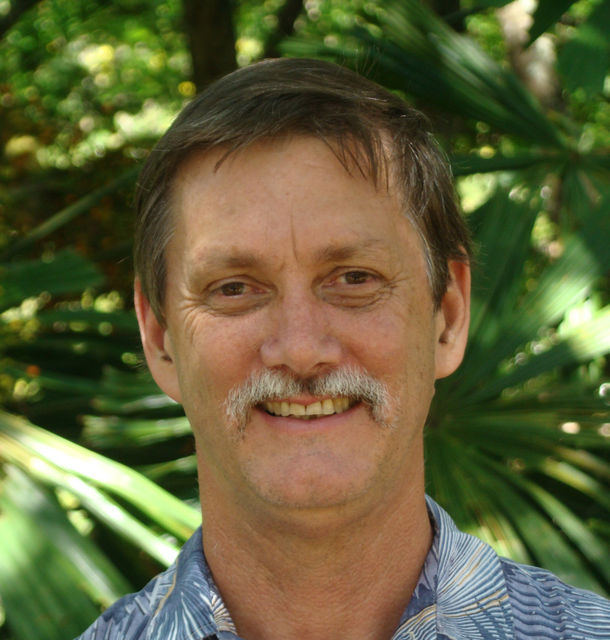LIHUE — The idea to host September’s International Union for Conservation of Nature’s World Conservation Congress in Honolulu sprouted at Kauai Community College eight years before the actual event took place. “We were lamenting the plight of conservation; how Hawaii
LIHUE — The idea to host September’s International Union for Conservation of Nature’s World Conservation Congress in Honolulu sprouted at Kauai Community College eight years before the actual event took place.
“We were lamenting the plight of conservation; how Hawaii felt catalytic,” said Chipper Wichman, one of the major players behind hosting the WCC. “(We were) wondering how we could bring the world to Hawaii.”
And there, in a pau hana conversation, the plan to bring “the most important, largest environmental meeting in the history of the United States and the World,” was born, Wichman said.
The IUCN’s World Conservation Congress is held every four years and was most recently held in Korea.
Wichman recalled the details of what he calls his “totally crazy goal” during a talk at Kauai Community College, attended by around 50 people on Tuesday night.
Though the rough design of the IUCN WCC was hammered out in theory, he said it took scores of people hundreds of hours over the next eight years to pull off the dream.
Hawaii was in competition with eight other countries for the bid, including Rio De Janeiro, Istanbul, Dublin and Liverpool.
The congress hosted 10,300 people from 192 countries and was put together for a cost of $20 million. It was a goal championed by two governors — Gov. Neil Abercrombie and Gov. David Ige — and shot down by countless federal agencies before President Barack Obama finally approved the bid.
The 10-day event was populated with speakers and presentations; forums and specialty gatherings; and pavilions and booths.
Maka’ala Kaaumoana of Hanalei attended the congress as a delegate and said one of the highlights was camping on the north shore of Oahu with more than 200 indigenous people, mostly from the South Pacific, two days before the congress began.
“It was fascinating. We brought them out camping and it was just us, us local guys with our kids and the kupuna and the food and whatever,” Kaaumoana said. “Just to give you a bit of a Hawaii-centric feel of how we narrowed and focused it to the people of our places.”
The Member’s Assembly also convened and the decision-making body of the IUCN debated to establish environmental policy, elect the IUCN council and president.
“The work of the union is what’s taking place at the Member’s Assembly and it was a completely democratic process taking place in three languages being translated in real time,” Wichman said. “It was messy and energizing and a powerful experience.”
One of the highlights that came out of the Member’s Assembly, in the opinion of Wichman, is the creation of a new membership category for indigenous peoples.
“That was not by coincidence that it happened here, in Hawaii,” Wichman said. “The merger with western science and tradition is where you get the magic.”
Highlighting Hawaii’s strong cultural roots was paramount to the organizers of the Honolulu IUCN WCC, and Wichman said they “put it front and center to create a strong sense of place.”
Every event was kicked off with a chant and hula, and Kauai’s own Haena was held up as an example to the world of the first Community Based Subsistence Fishing Area.
Another of the important outcomes of the IUCN WCC was the pledge to create a statewide biosecurity plan.
“If there was a legacy, or something I’m most proud of, it’s the Hawaii Biosecurity Plan,” Wichman said. “It will pay off in spades for Hawaii and it’s a powerful tool that we’re developing for our toolbox.”
Though he’s not planning to stage another IUCN WCC anytime soon, Wichman said he and his team are now busy following up on the connections and conversations that happened during the September congress.
“We have a lot of work ahead of us and IUCN is asking Hawaii to play a prominent role in the next one,” Wichman said. “And we pulled it off because of the community.”


